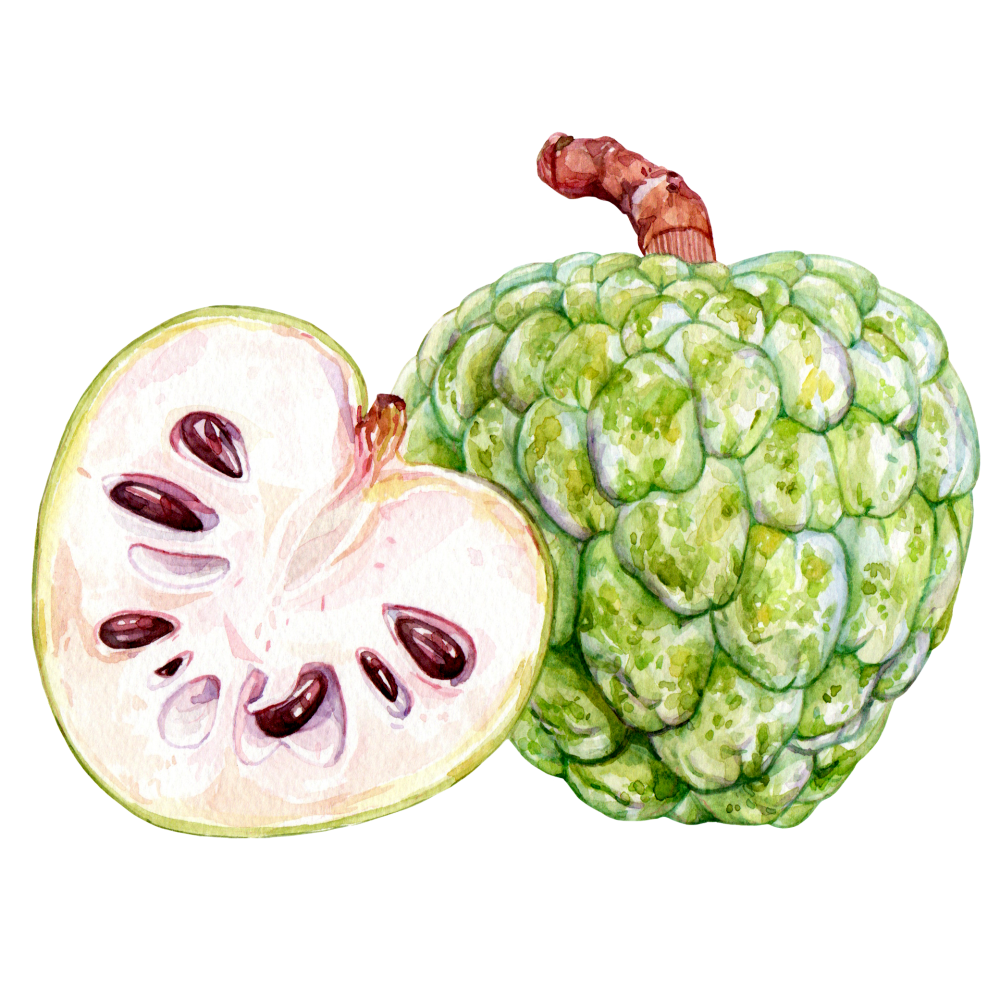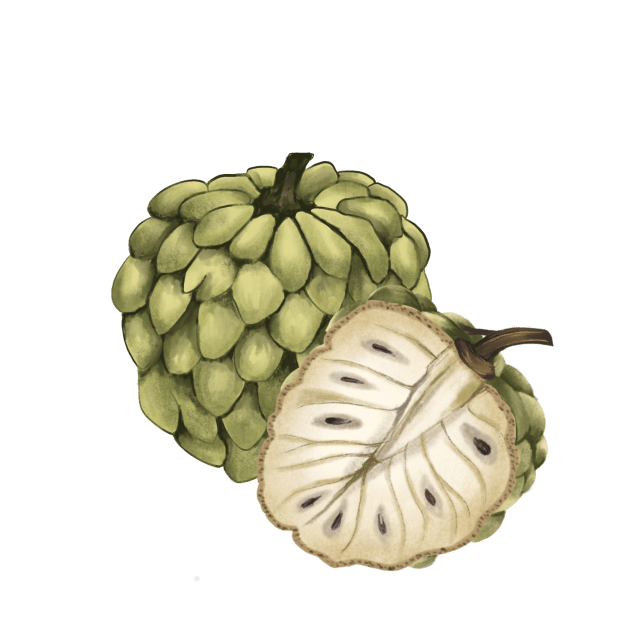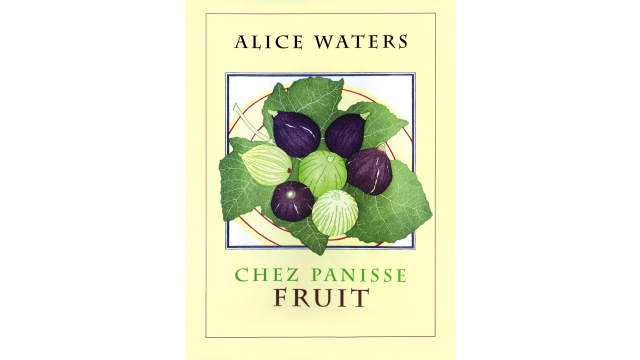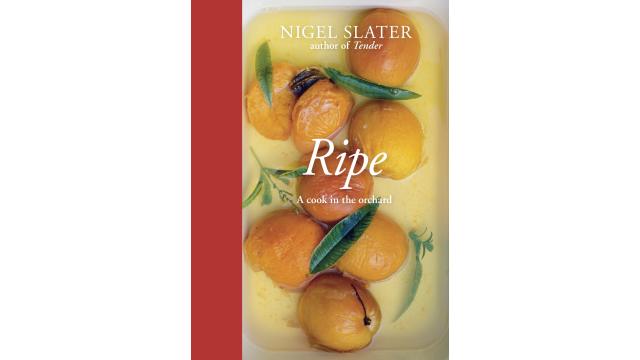Cherimoya

Latin name: Annona cherimola
Other names: custard apple
Uses: fruit
What are cherimoyas?
A cherimoya is an odd fruit that grows on a tropical tree that’s related to soursop and pawpaw. It looks like a baby dragon curled up in a ball and the ripe interior is heady tropical custard studded with large, poisonous, black seeds.
Why are cherimoyas healthy?
For fruit that tastes like pudding, cherimoyas sure are good for you. They’re particularly high in minerals like copper, calcium, potassium, iron, manganese, and phosphorus, and contain powerful antioxidants like lutein which may have anti-cancer properties. Additionally, cherimoyas may provide support for healthy gut flora, anemia, high cholesterol, and inflammation.
What do cherimoyas taste like?
Like its cousin the pawpaw, cherimoya tastes like a silky combination of banana, pineapple, coconut, mango, and vanilla, with a creamy white flesh and a custardy texture somewhat similar to an overripe, less-starchy banana.
How do I use cherimoyas?
Really ripe cherimoyas are best served with a spoon, as they’re usually too soft for much else, but if you refrigerate them, they stay firm enough for salads. In Peru and Chile they’re traditionally used in creamy dishes like ice cream, pudding, yogurt, and smoothies where they’re combined with lime, milk, cinnamon, and sometimes avocado.
What do cherimoyas pair well with?
The flavors of cherimoya make it a natural fit for South and Southeast Asian desserts that use coconut/coconut milk, pandan leaf, sticky rice, and other tropical fruits. Cherimoyas are frequently used for Indian desserts. With that in mind, try cherimoya with pistachios, saffron, and cardamom for milk puddings.
Where do cherimoyas grow?
Cherimoyas are a bushy tree long thought to be native to The Western Amazon basin, though new molecular evidence suggests that it’s actually from Central America, whence its closest living relatives hail. Today they still mostly grow in Central and South America, along with Southeast Asia, North Africa, the Mediterranean, and Southern California.
How to buy cherimoyas:
Look for them in Latin and Asian markets and select firm specimens that feel heavy for their size and are free from cracks, browning, and mushy spots; ripen them at room temperature in a paper bag (or away from direct sunlight) until they yield to slight pressure.
Fun cherimoya fact:
The cherimoya used to be a lot more popular. Mark Twain called it “deliciousness itself” and “the most delicious fruit known to men.” The 18th-century botanist Thaddeus Haenke called it “the Masterpiece of Nature” and a century later German botanist Berthold Carl Seemann concurred, saying “if I were asked which would be the best fruit, I would choose without hesitation, cherimoya.”




